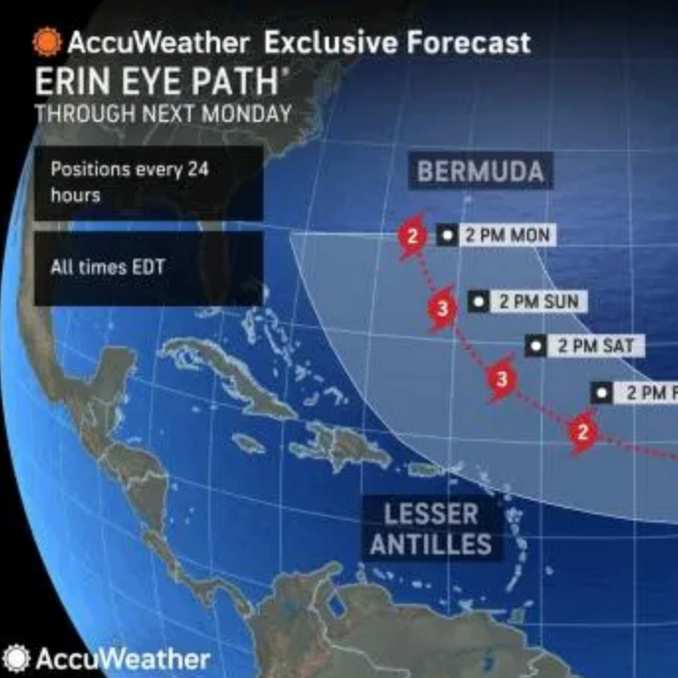Assessing Luxury Home Damage
Brian Evans • May 9, 2019

A lightning strike caused a small fire in the kitchen of this residence quietly nestled along the Hudson River. The lightning caused more subtle damage throughout the rest of this beautiful home which the insurance carrier neglected to assess--grossly underpaying for the homeowners' loss.
Following investigation, Eastern Public generated a comprehensive restoration assessment which fully supported the extent of damage sustained and accurately accounted for repair of the unique architectural elements of the home. The successful negotiation of this claim far exceeded the family's expectations.
Our Work
News & Press

In property insurance claims, Actual Cash Value (ACV) is often calculated as replacement cost minus depreciation—but that doesn’t always reflect a property’s true value. Under the Broad Evidence Rule, adjusters and appraisers are encouraged to consider multiple factors, such as market value, functional condition, and income potential, to arrive at a fairer and more accurate valuation. This approach is especially useful for properties with unique characteristics or market conditions that don’t fit neatly into a standard formula. By weighting different valuation inputs, professionals can better capture the real economic loss—leading to more balanced, defensible outcomes for both insurers and policyholders.






